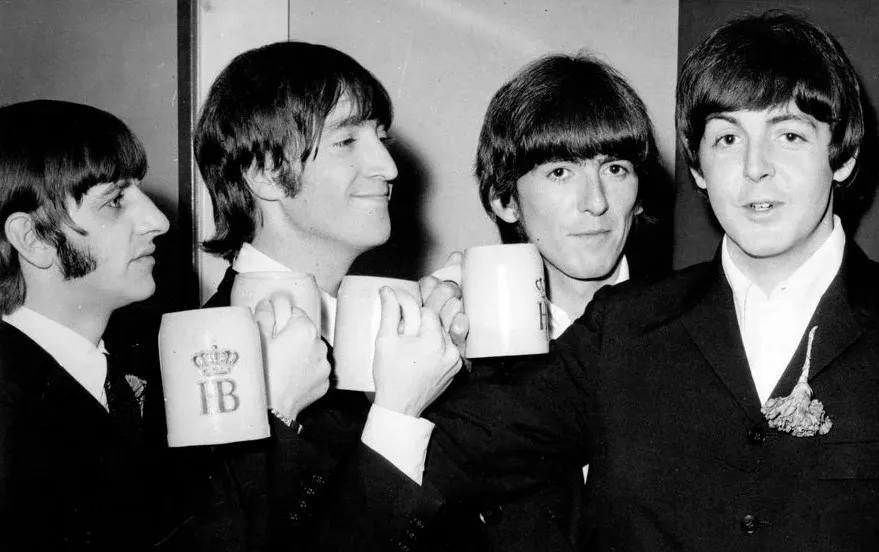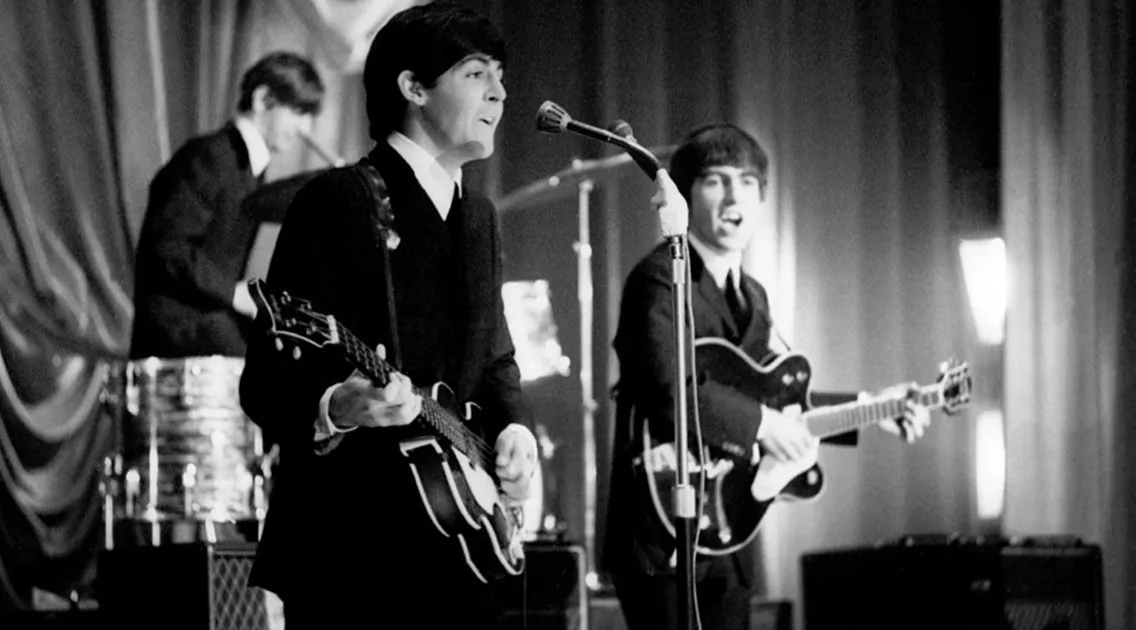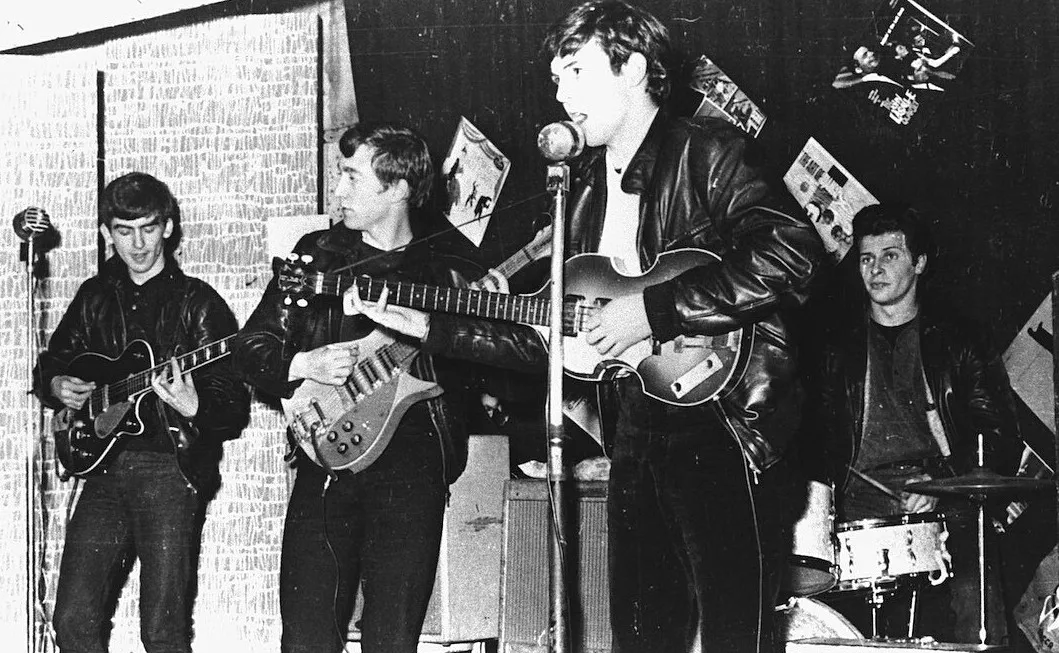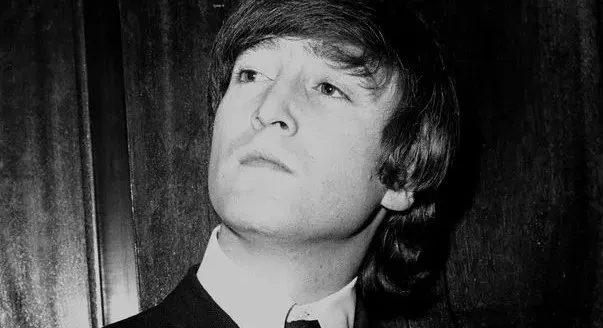Paul McCartney, one of the most celebrated musicians of all time, is known for his timeless contributions to music as a member of The Beatles. However, his influence extends beyond his musical genius to his style, particularly his iconic 1960s hairstyle. Paul McCartney's 1960s hairstyle became a defining look of the era, symbolizing the cultural revolution and the changing attitudes of the youth during that transformative decade.
The Birth of the Mop-Top: A Revolution in Hair

The 1960s were a time of immense social change, with the youth of the era rejecting the conservative values of their parents in favor of freedom, expression, and experimentation. Fashion and hairstyles played a crucial role in this cultural shift, and no look was more emblematic of the decade than the "mop-top" hairstyle popularized by The Beatles.
Paul McCartney's 1960s hairstyle, often referred to as the mop-top, was characterized by its medium length, straight cut, and rounded fringe that fell just above the eyebrows. This hairstyle was a stark contrast to the short, neatly groomed styles that were popular among men in the 1950s, and it quickly became a symbol of the rebellious spirit of the 1960s.
The mop-top was not just a hairstyle; it was a statement. It represented a break from tradition and an embrace of a new, youthful identity. For Paul McCartney and The Beatles, the mop-top was a way to distinguish themselves from the mainstream and align themselves with the burgeoning counterculture movement.
The Evolution of Paul McCartney's 1960s Hairstyle

Paul McCartney's hairstyle evolved throughout the 1960s, reflecting both the changing trends of the time and his personal growth as an artist. The early years of The Beatles saw McCartney sporting a more conservative version of the mop-top, with shorter sides and a neatly combed appearance. This look was still a departure from the norm, but it was relatively tame compared to the more daring styles that would come later.
As The Beatles' music began to evolve and take on a more experimental tone, so too did McCartney's hairstyle. By the mid-1960s, McCartney's mop-top had grown longer and shaggier, with the fringe becoming more prominent and the overall style appearing more tousled and carefree. This look perfectly captured the spirit of the "Swinging Sixties," a time when fashion was becoming more relaxed, and individuality was being celebrated.
One of the most iconic images of Paul McCartney's 1960s hairstyle comes from the cover of The Beatles' 1965 album, "Rubber Soul." In this photo, McCartney's hair is longer and fuller than ever before, with the fringe slightly parted in the middle, giving him a youthful, almost boyish appearance. This look became synonymous with The Beatles' transition from pop sensations to serious artists, as they began to explore more complex and introspective themes in their music.
By the late 1960s, McCartney's hairstyle had undergone yet another transformation. The mop-top had grown out into a longer, more natural look, with the fringe now sweeping to the side and the hair falling freely over his ears and collar. This style was reflective of the changing attitudes of the time, as the counterculture movement embraced a more relaxed and natural aesthetic. McCartney's hair during this period was less structured and more free-flowing, symbolizing the liberation and experimentation that defined the late 1960s.
Cultural Impact: The Mop-Top as a Symbol of Change

Paul McCartney's 1960s hairstyle, along with those of his fellow Beatles, had a profound impact on the fashion and culture of the decade. The mop-top became a symbol of youthful rebellion, a rejection of the conservative norms that had dominated the post-war era. For young people around the world, adopting the mop-top was a way to align themselves with the values of freedom, creativity, and individuality that The Beatles represented.
The influence of McCartney's hairstyle extended far beyond the music world. The mop-top became a global phenomenon, with young men everywhere imitating the look. Barbershops reported a surge in requests for "Beatle cuts," and the style was even banned in some schools and workplaces, where it was seen as a threat to traditional values.

The mop-top also played a role in breaking down social barriers. At a time when long hair on men was still considered unconventional, The Beatles' popularity helped to normalize the look and make it more acceptable. This shift in attitudes towards men's hairstyles was part of a broader cultural movement that challenged gender norms and encouraged greater self-expression.
The Enduring Legacy of Paul McCartney's 1960s Hairstyle

Even decades after the 1960s, Paul McCartney's hairstyle from that era remains iconic. The mop-top is still recognized as one of the most influential hairstyles of all time, and it continues to be associated with the spirit of the 1960s. In popular culture, the mop-top is often used as a shorthand for the era, instantly evoking images of the swinging sixties, rock 'n' roll, and the cultural revolution that The Beatles helped to inspire.
Paul McCartney himself has revisited the mop-top look in various ways throughout his career. While he has experimented with different hairstyles over the years, including longer locks in the 1970s and shorter, more modern cuts in the 1980s and beyond, the mop-top remains a key part of his visual legacy. In interviews and public appearances, McCartney has often spoken fondly of the 1960s and the impact that his hairstyle had during that time.
The enduring popularity of Paul McCartney's 1960s hairstyle can also be seen in the continued fascination with The Beatles' fashion and style. Fans and fashion enthusiasts alike study the band's looks, with the mop-top being one of the most replicated and celebrated aspects of their image. The hairstyle has been referenced in films, television shows, and even fashion collections, proving that its influence is far from fading.
How to Achieve Paul McCartney's 1960s Hairstyle
:max_bytes(150000):strip_icc()/gettyimages-84999273-2000-6d50fd1d75c84911b88468e57c8b41d9.jpg)
For those looking to recreate Paul McCartney's iconic 1960s hairstyle, there are a few key elements to keep in mind. The mop-top is all about the balance between length, shape, and texture. Here’s a simple guide to achieving the look:
Length: The hair should be grown out to a medium length, long enough to cover the ears and touch the collar, but not so long that it becomes unmanageable. The fringe should be cut to just above the eyebrows.
Shape: The mop-top is characterized by its rounded shape, with the sides and back slightly shorter than the top. The hair should be cut evenly all around, with the fringe blending seamlessly into the rest of the hair.
Texture: To achieve the soft, natural texture of McCartney's 1960s hairstyle, the hair should be left to dry naturally, without too much styling product. A light mousse or texturizing spray can be used to add volume and movement, but the overall look should remain effortless and relaxed.
Maintenance: Regular trims are essential to keep the mop-top looking fresh and neat. The fringe should be maintained at the right length, and the sides should be kept tidy to prevent the hair from becoming too bulky.
Paul McCartney's 1960s Hairstyle as a Timeless Icon
![Paul Mccartney — SOLAKZADE®︎ソラックザーデ [ヴィンテージ&ビスポーク ジュエリー・眼鏡・時計・車]](https://images.squarespace-cdn.com/content/v1/5b0a9011f7939242735d024f/1529085235169-1EFO7UXQFYGNEGSHJ5RN/tumblr_m16vr0w8ig1rruedco1_500.jpg)
Paul McCartney's 1960s hairstyle was more than just a fashion choice; it was a symbol of a generation and a reflection of the cultural revolution that defined the decade. The mop-top became a global phenomenon, influencing fashion, breaking down social barriers, and helping to shape the identity of the 1960s.
Today, the hairstyle remains an iconic part of McCartney's legacy and a lasting symbol of the era. Whether through its influence on modern fashion or its place in the visual history of The Beatles, Paul McCartney's 1960s hairstyle continues to captivate and inspire, proving that its impact is as enduring as the music that accompanied it.
